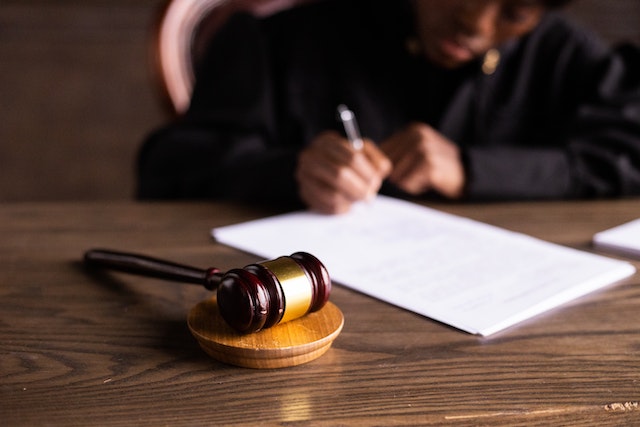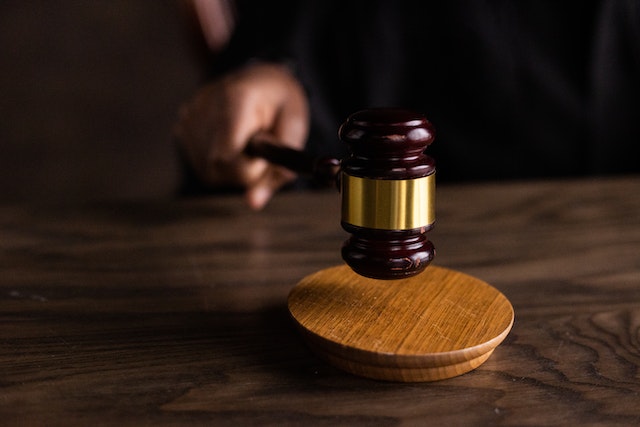
How to Convince a Judge to Drop a No-Contact Order
The contents of this web page are for informational and educational purposes only, and nothing you read is intended to be legal advice. Please review our disclaimer before taking action based upon anything you read or see.
Navigating the legal process can be daunting. If you want a no-contact order lifted, follow these steps to improve your chances. Let’s learn how to convince a judge to drop a no-contact order.
How to Convince a Judge to Drop a No-Contact Order

Understand the Basics of a No-Contact Order
A no-contact order is a legal directive. It stops one person from contacting another. This can result from allegations of harassment, assault, or other issues.
Consult with an Attorney
An attorney can guide you. They understand the law and court procedures. Their expertise can be invaluable.
Demonstrate Changed Circumstances
Show the judge that situations have changed. This could be evidence of therapy or counseling or proof of positive life changes.
Show Genuine Remorse
Sincerity matters. It’s essential to acknowledge past mistakes and express genuine remorse.
Provide Character References
Get letters from people who vouch for your character. This helps in showing the judge that you’re trustworthy.
Write a Convincing Letter
If you’re unsure about writing a letter to the judge, I recommend reading our guide on “how to write a letter to remove a restraining order.” It provides clear steps to craft a compelling letter.
Attend Required Classes or Therapy
Attend relevant classes if the order resulted from specific issues (like anger). This shows the judge’s commitment to change.
Respect the Current Order
Never violate the order. Any breach can hurt your case.
Prepare for Court
Dress appropriately. Be punctual. Show respect. It makes a difference in how the court perceives you.
Expert Opinion
I say opening a no-contact order dropped isn’t about manipulating the system. It’s about genuine change, understanding the consequences of past actions, and assuring the court that such incidents won’t recur.”
References:
- Smith, A. (2020). Legal Avenues: Navigating Orders of Protection.
- Roberts, L. (2019). Therapy & Legal Outcomes. Journal of Legal Psychology, 23(2), 45-52.
- Garcia, M. (2021). Courtroom Etiquette and Outcomes.

I’m a driven and accomplished law graduate and post-graduate, passionate about sharing my legal expertise via my blog. I hold a Bachelor’s degree in Law from the University of London (UK) and a Master’s in Law from the University of Derby (UK). Both gave me the foundational knowledge and skills to excel in my chosen career path.
Throughout my academic journey, I have gained extensive knowledge in various fields of Law, including Corporate and Business Law in the USA, Criminal Law, International Law, US Copyright law, and most importantly, American Constitutional law.


Comments are closed.